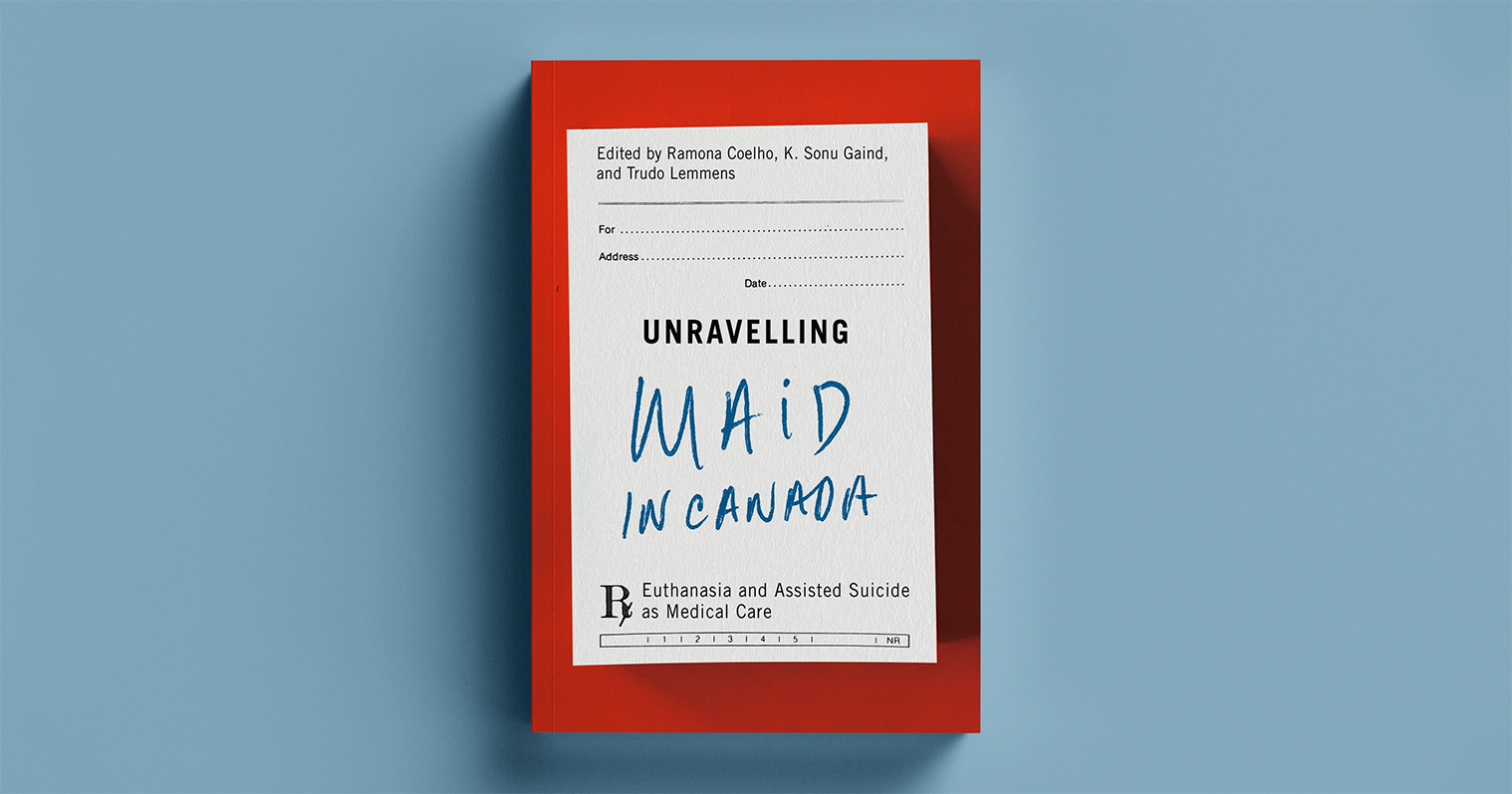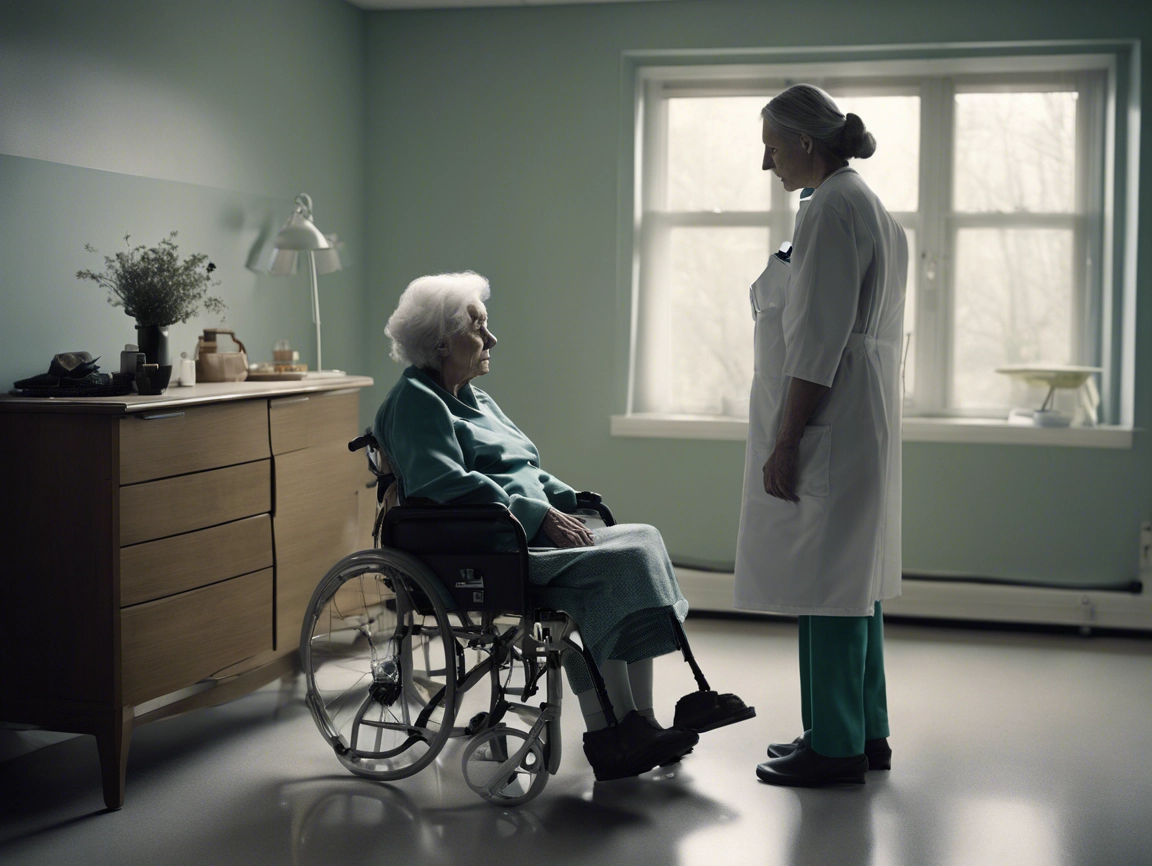“Give the Devil his due”, states a familiar proverb.
And in some ways, our adversaries do deserve to be held up in example. With a small core of dedicated activists, through good years and bad, they kept up their pro-euthanasia agitation. For half a century (until the mid forties), they openly promoted euthanasia, not only as a benefit for the sick or disabled, but also as a sort of social hygiene, cutting away the dead wood, the costly dependents, the useless mouths. They had at least, at that time, the virtue of honesty.
And the depth of such harsh prejudice is reflected in the fact that support for the euthanasia program eventually reached over thirty percent, in both the USA and the UK. It is, however, to the honour of our society that the critical democratic threshold was never crossed. And with the fall, in 1945, of that terrible regime which shall always symbolize the horrible consequences of adopting such “hard” and “realistic” values, support for euthanasia virtually disappeared. The idea of mandatory euthanasia was abandoned, and diehard activists reluctantly adopted the vocabulary of choice: First the choice to refuse medical treatment; and more recently the choice to die.
This was, as it turns out, a brilliant strategy, because it allied the euthanasia movement with other more popular causes, such as race and sexuality; and thus in a few countries, including our own, euthanasia was able to successfully ride the wave of Civil Rights to a legalization of “Voluntary Euthanasia”, renamed “Assisted Suicide”, renamed again “Medical Assistance in Dying”, itself replaced (in a final burst of linguistic obfuscation) by the innocuous, even appealing initials MAID.
But the funny thing about choices is that different people will make them differently. And the funny thing about a “right to choose” is that different people will exercise that right for different ends.
In the first year of legal euthanasia, slightly less than one percent of all Canadian deaths were provoked in this way. Moreover, these deaths were caused by slightly less than one percent of all Canadian doctors. In fact, it appears that 13% of all euthanasia in Ontario was the work of only three doctors, and over one half of all euthanasia in BC was the work of only two. Such numbers do not lie. We can confidently say that euthanasia has not revealed itself to be an appealing choice for either patients or doctors.
Ironically, then, that same notion of “choice”, which so successfully enabled euthanasia, has now become the greatest ally of those who oppose its expansion. And this is particularly true regarding the protection of those who are not able to protect themselves: for as long as euthanasia is justified by choice, the treatment of incapable persons can only be modelled – by analogy – on the choices made by capable persons; and as long as the majority choices of patients and doctors are survival and forbearance, then the assumed default choices, for the treatment of incapable patients, will be survival and forbearance also.
The Physicians’ Alliance against Euthanasia recently submitted to the Council of Canadian Academies a position paper addressing three situations where the limits of choice have been clearly reached or exceeded: requests for euthanasia by “mature minors”; requests where mental illness is the sole underlying condition; and advance requests. Obviously, we oppose all three. And it is our role to vigorously and formally reject any such expansions of euthanasia practice. But the battle is no longer to be found only in the courts and committees. It has now spilled out onto the terrain where every one becomes an actor.
There is no reason why we should abandon even one inch of unnecessary ground. We have the numbers. We have the principles. Hippocratic physicians are everywhere in the majority. Patients choose self-preservation. Young people choose the years to come. Even those who are dying choose to remain another day. And painful as it may be to observe others practicing differently, our own role now is to remain where we are: to provide high-quality medical care to the patients we encounter, and to mentor new generations of doctors in our craft.
Let us not fall into the trap of believing those who say all is lost. Let us ignore the provocation of those who – conscious of their weak quantitative position – have adopted the behaviour of the smaller dog, who tries to compensate for his vulnerability by barking the loudest.
The first stated objective of the Physicians’ Alliance against Euthanasia is “To promote excellence in the medical care of all vulnerable patients”. Now, more than ever, we are convinced that excellent, accessible care is the antidote to patient despair and euthanasia requests. We have in the Alliance experts in many fields, from family medicine to pediatrics, geriatrics, psychiatry, palliative care and all the subspecialties. We have members who have faced patient requests and peer pressure since the law passed, and survived personally and professionally. As we move forward this experience and expertise can be shared for the good of all doctors and our patients. This newsletter, now in its sixth month, is one small contribution; others are coming and we welcome all good ideas.
Make euthanasia unimaginable.


